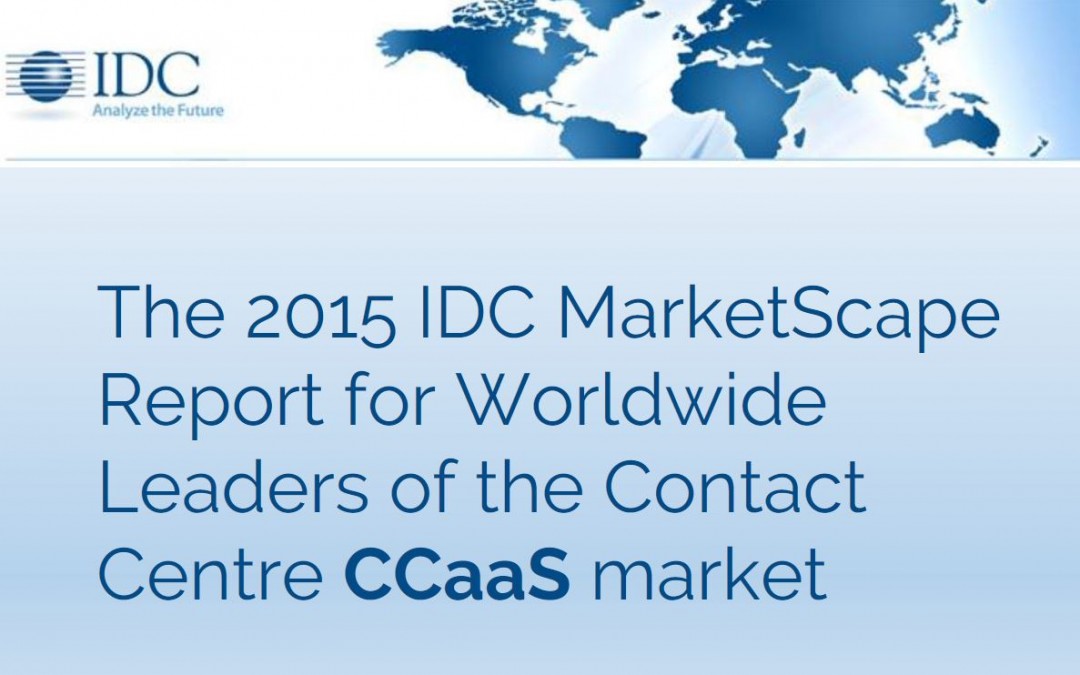
Microsoft Azure Hybrid Cloud
Microsoft Azure launches 3 new tools to speed migration to hybrid cloud and optimize deployment
In a Microsoft blog post, the company detailed three new tools to aid in cloud adoption: Cloud Migration Assessment, Azure Hybrid Use Benefit, and Azure Site Recovery
Microsoft launched three new resources for the enterprise focused on getting companies to the cloud faster, and saving them money once they get there, the company announced in a blog post on Wednesday.
Most of the companies Microsoft executives work with are considering a hybrid cloud approach to their infrastructure, according to the post, written by Microsoft’s general manager of cloud platform marketing Mike Schutz. In order to best assist companies in understanding the size of their environment and how they can plan financially for a move to the cloud, Microsoft released three new tools focused on cloud migration and economics.
SEE: Build your own VM in the cloud with Microsoft Azure (Tech Pro Research)
Here’s a breakdown of the three new tools and what they can offer businesses.
-
Free cloud migration assessment
This assessment will help customers more easily find and better understand their current server setups, to help them determine the cost and value of moving to the cloud, the post stated. Once the servers are discovered, the tool can analyze their configurations, and give the user a report of the potential cost drop of moving to Azure.
Additionally, data center administrators can export the results of the assessment into a customized report, the post said. For those looking to gain some extra funding for a cloud project, the report could provide some valuable data and statistics for your conversation with the CFO.
-
Azure Hybrid Use Benefit
This tool is intended to save users money on their cloud deployments. According to the post, customers can activate the Azure Hybrid Use Benefit in the Azure Management Portal, which could save them up to 40% on their Windows server licenses, by optimizing what resources you’re using. The post noted that it is available on Windows Server virtual machines in Azure, to all customers.
“Use your on-premises Windows Server licenses that include Software Assurance to save big on Windows Server VMs in Azure,” the tool’s web page said. “By using your existing licenses, you pay the base compute rate and save up to 40 percent.”
-
Azure Site Recovery
Azure Site Recovery is meant to ease the process of migrating virtual machines to Azure. Applications running on AWS, VMware, Hyper-V, or physical servers can be moved. Additionally, a new feature in Azure Site Recovery will “allow you to tag virtual machines within the Azure portal itself,” the post said. “This capability will make it easier than ever to migrate your Windows Server virtual machines.”
Other features include automated protection and replication of virtual machines, remote monitoring, custom recovery plans, recovery plan testing, and more.
By Conner Forrest a Senior Editor for TechRepublic Picture from Microsoft
Having spent a majority of my career working with and supporting the Corporate CIO Function, I now seek to provide a forum whereby CIOs or IT Directors can learn from the experience of others to address burning Change or Transformation challenges.








Recent Comments